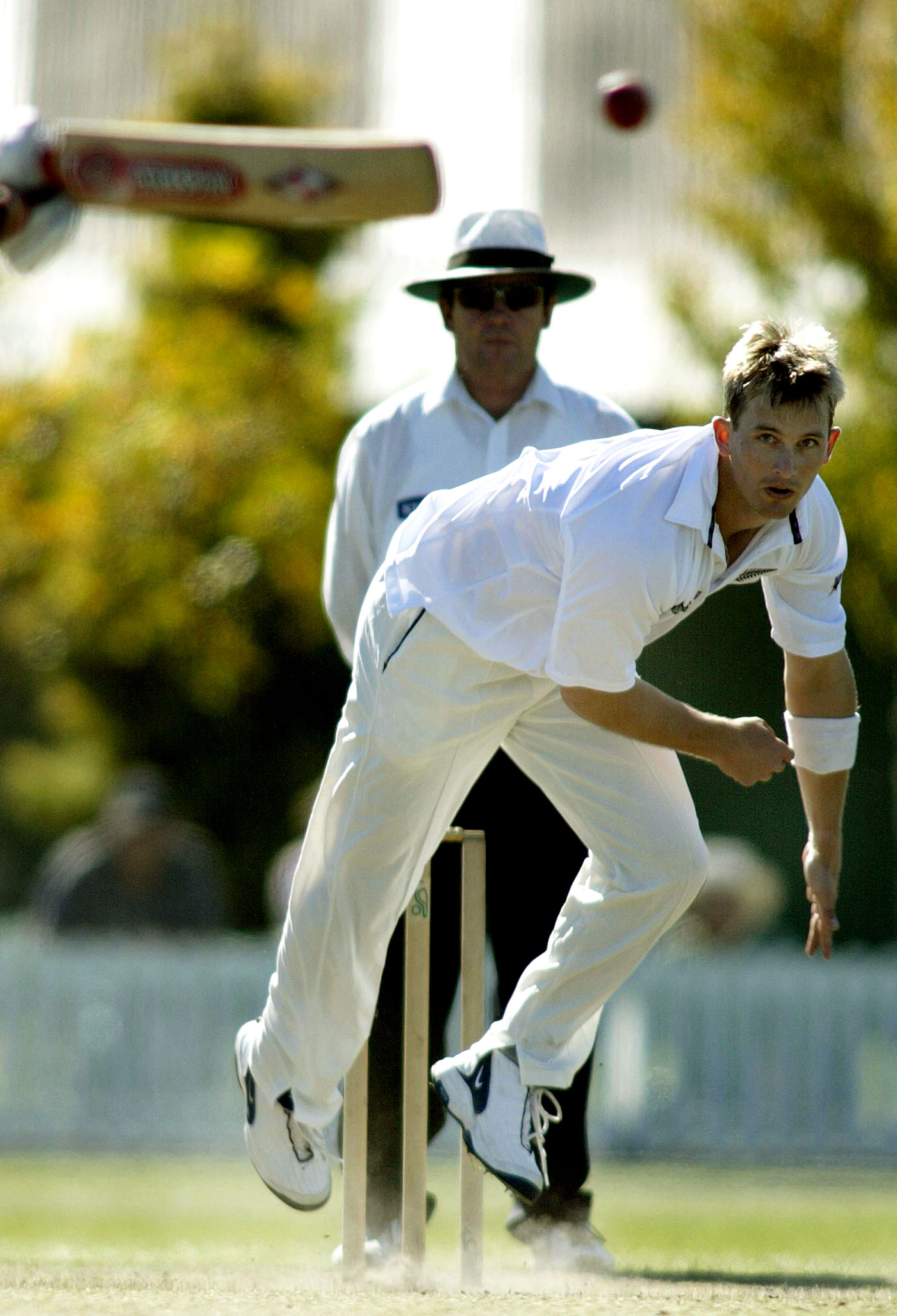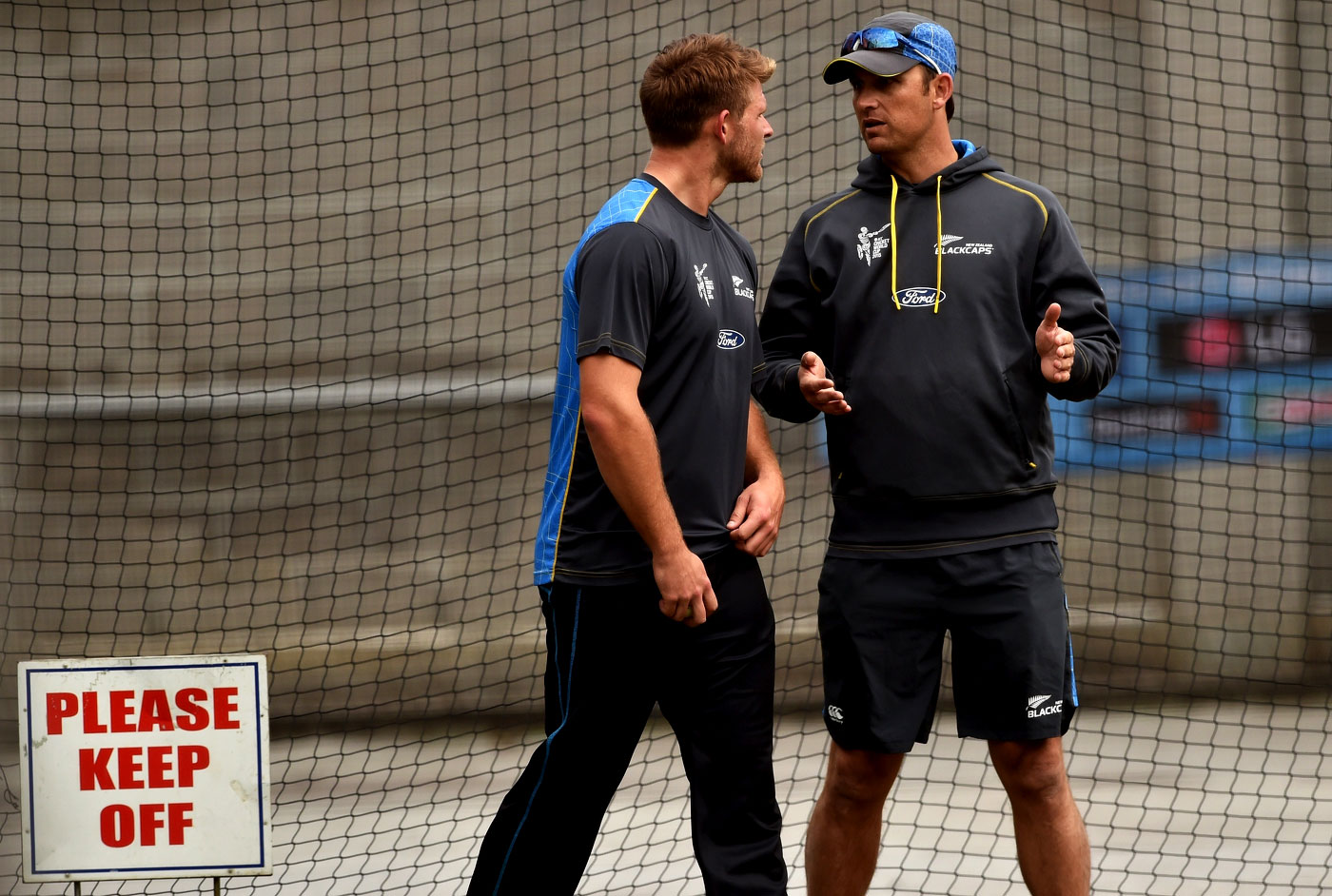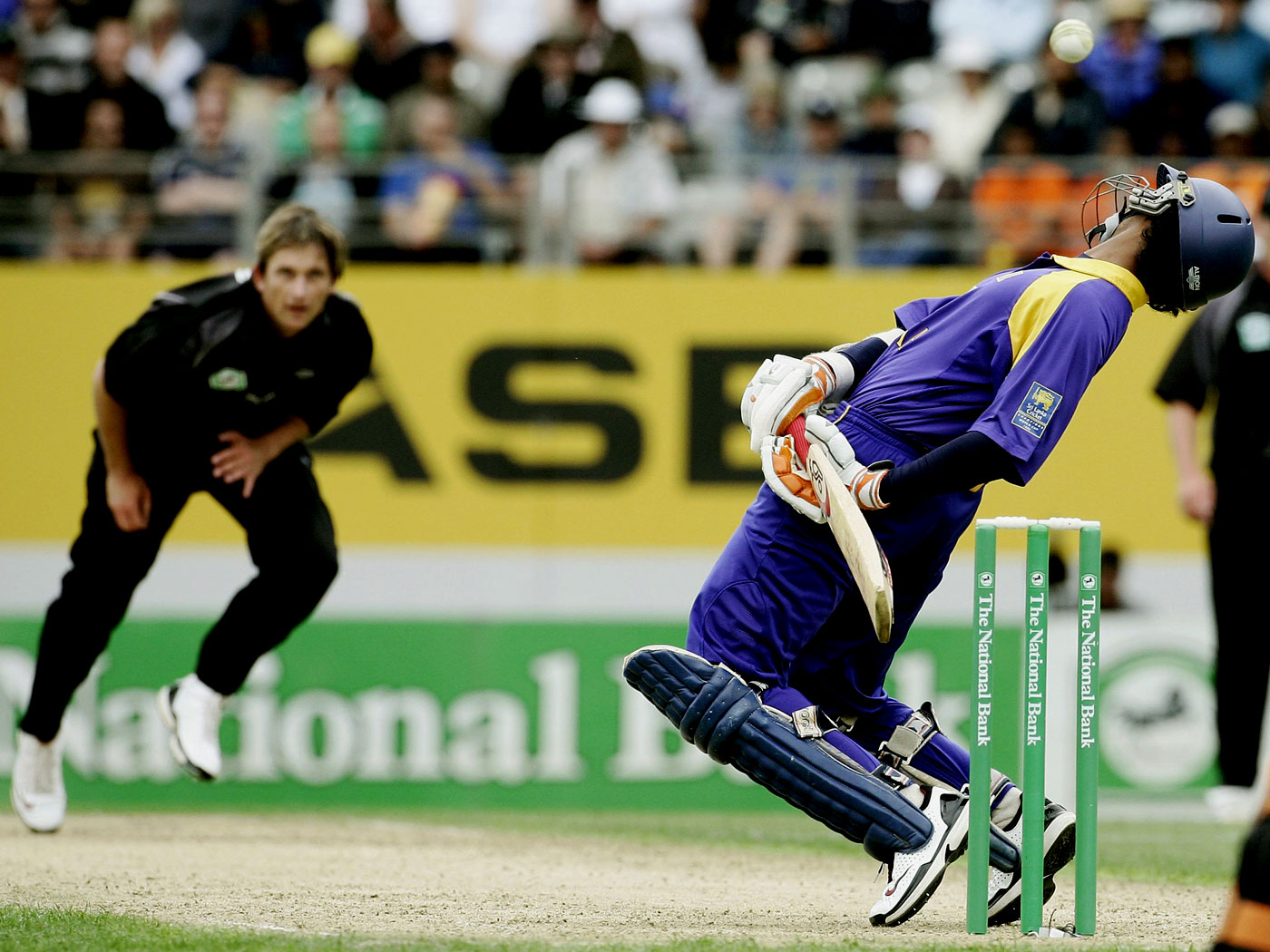
For Marqusee, sport was always a part of the wider world© Mark Ray
Letter from... Washington DC

DAVE ZIRIN in Cricinfo
Dear Cricket Monthly,
The late, great writer Mike Marqusee accomplished something for me that my younger self would not have considered remotely possible: he made cricket fascinating. I first read Marqusee, who passed away in January following a long battle with cancer, in his seminal book Redemption Song, about the political life of Muhammad Ali. I was so overwhelmed by the way Marqusee made the outside world come as alive as the electricity Ali conjured inside the ring, I mined his other works. Many of his columns and books were about this sport, unfamiliar to me, known as cricket. Titles included War Minus the Shooting, which was a deep look at the 1996 World Cup, and Anyone But England.
I did not understand the rules, the references or even the basic language of this newly discovered, globally adored section of the sports world. (For a cricket novice, hearing that someone is "the next Viv Richards" doesn't exactly pack a big punch.) But just as someone who knows nothing of boxing would immediately find Redemption Song riveting, these were books I could not put down. The reason was simple: unlike in the United States, where every conceivable effort is made to bleach the politics out of our games, the political alliances in cricket beg to be understood. In Marqusee, we had a writer not only willing but eager to explain the various colonial roots of the sport and the tensions that manifest and mushroom when a one-time coloniser faces off on the pitch against their one-time colonial ward.
In this regard, Marqusee was our successor to the legendary West Indian socialist CLR James. In a writing life that included numberless Marxist pamphlets and articles, and a masterwork on the Haitian Revolution - The Black Jacobins - James also wrote what Sports Illustrated honoured as one of the 100 greatest sports books of all time: Beyond a Boundary. This 1963 classic, which I read after picking up the works of Marqusee, is like the blueprint for all political sports books that would come in the decades since. James uses cricket as a lens to not only understand colonial relationships in the West Indies but to comprehend what it is that makes the sport so remarkable, so intoxicating and so - heaven forfend - fun in its own right.
Marqusee has sometimes been accused of being doctrinaire - in other words, slathering all of sport in a red political gloss to match an unmoving ideology - but I disagree. I believe it to be far more doctrinaire to pretend that sports somehow operate in a space independent of the outside world. That works for the business of sport, but it fails if we truly want to understand the context of the games we live and love.
This methodology is something that I apply to my own writing. When I was writing from Brazil about the 2014 World Cup, I told the stories of the families that were displaced in the name of sports facilities. I interviewed victims of the police-military build-up in the favelas. I spoke about the social cost I witnessed. Yet I also spoke about the joy of seeing Lionel Messi play in person. I spoke about the electricity in the crowd. If you don't tell this side of sports, it is impossible to explain the other. Similarly, when I have reported on the construction boom of new sports stadiums in the United States, I have found it's impossible to tell that story without looking at it through a political lens. You need to understand the deindustrialisation of US cities and how taxpayer-funded arenas have become a substitute for anything resembling an urban policy in this country.
James and Marqusee are willing to embrace what is beautiful about the games we love while not removing them from their social context. Cricket is in so many ways uniquely suitable for this kind of analysis, but it is also not exclusively able to shoulder that burden. Through any sport we can gain insight into the world. The question in 2015 is more about the courage of the sports journalist to make that leap.
Mike Marqusee and CLR James exemplify that courage. Their greatest lesson for me is not merely that they made cricket matter. It is that they showed how sports matter as well. This is critical especially if we hope to understand just what is happening in the world off the field.
Sincerely,
Dave Zirin
Dear Cricket Monthly,
The late, great writer Mike Marqusee accomplished something for me that my younger self would not have considered remotely possible: he made cricket fascinating. I first read Marqusee, who passed away in January following a long battle with cancer, in his seminal book Redemption Song, about the political life of Muhammad Ali. I was so overwhelmed by the way Marqusee made the outside world come as alive as the electricity Ali conjured inside the ring, I mined his other works. Many of his columns and books were about this sport, unfamiliar to me, known as cricket. Titles included War Minus the Shooting, which was a deep look at the 1996 World Cup, and Anyone But England.
I did not understand the rules, the references or even the basic language of this newly discovered, globally adored section of the sports world. (For a cricket novice, hearing that someone is "the next Viv Richards" doesn't exactly pack a big punch.) But just as someone who knows nothing of boxing would immediately find Redemption Song riveting, these were books I could not put down. The reason was simple: unlike in the United States, where every conceivable effort is made to bleach the politics out of our games, the political alliances in cricket beg to be understood. In Marqusee, we had a writer not only willing but eager to explain the various colonial roots of the sport and the tensions that manifest and mushroom when a one-time coloniser faces off on the pitch against their one-time colonial ward.
In this regard, Marqusee was our successor to the legendary West Indian socialist CLR James. In a writing life that included numberless Marxist pamphlets and articles, and a masterwork on the Haitian Revolution - The Black Jacobins - James also wrote what Sports Illustrated honoured as one of the 100 greatest sports books of all time: Beyond a Boundary. This 1963 classic, which I read after picking up the works of Marqusee, is like the blueprint for all political sports books that would come in the decades since. James uses cricket as a lens to not only understand colonial relationships in the West Indies but to comprehend what it is that makes the sport so remarkable, so intoxicating and so - heaven forfend - fun in its own right.
Marqusee has sometimes been accused of being doctrinaire - in other words, slathering all of sport in a red political gloss to match an unmoving ideology - but I disagree. I believe it to be far more doctrinaire to pretend that sports somehow operate in a space independent of the outside world. That works for the business of sport, but it fails if we truly want to understand the context of the games we live and love.
This methodology is something that I apply to my own writing. When I was writing from Brazil about the 2014 World Cup, I told the stories of the families that were displaced in the name of sports facilities. I interviewed victims of the police-military build-up in the favelas. I spoke about the social cost I witnessed. Yet I also spoke about the joy of seeing Lionel Messi play in person. I spoke about the electricity in the crowd. If you don't tell this side of sports, it is impossible to explain the other. Similarly, when I have reported on the construction boom of new sports stadiums in the United States, I have found it's impossible to tell that story without looking at it through a political lens. You need to understand the deindustrialisation of US cities and how taxpayer-funded arenas have become a substitute for anything resembling an urban policy in this country.
James and Marqusee are willing to embrace what is beautiful about the games we love while not removing them from their social context. Cricket is in so many ways uniquely suitable for this kind of analysis, but it is also not exclusively able to shoulder that burden. Through any sport we can gain insight into the world. The question in 2015 is more about the courage of the sports journalist to make that leap.
Mike Marqusee and CLR James exemplify that courage. Their greatest lesson for me is not merely that they made cricket matter. It is that they showed how sports matter as well. This is critical especially if we hope to understand just what is happening in the world off the field.
Sincerely,
Dave Zirin


 "My ability to bowl 90mph added a different sort of variety to what was already a very good bowling attack" © Getty Images
"My ability to bowl 90mph added a different sort of variety to what was already a very good bowling attack" © Getty Images "You are always having those discussions with the bowlers: how much they are bowling, the type of bowling they are doing, rest and how they take it" © AFP
"You are always having those discussions with the bowlers: how much they are bowling, the type of bowling they are doing, rest and how they take it" © AFP "You really need to know clearly at the back end of an ODI or T20 innings what you are going to do. That is when things can get away from a bowler" © AFP
"You really need to know clearly at the back end of an ODI or T20 innings what you are going to do. That is when things can get away from a bowler" © AFP